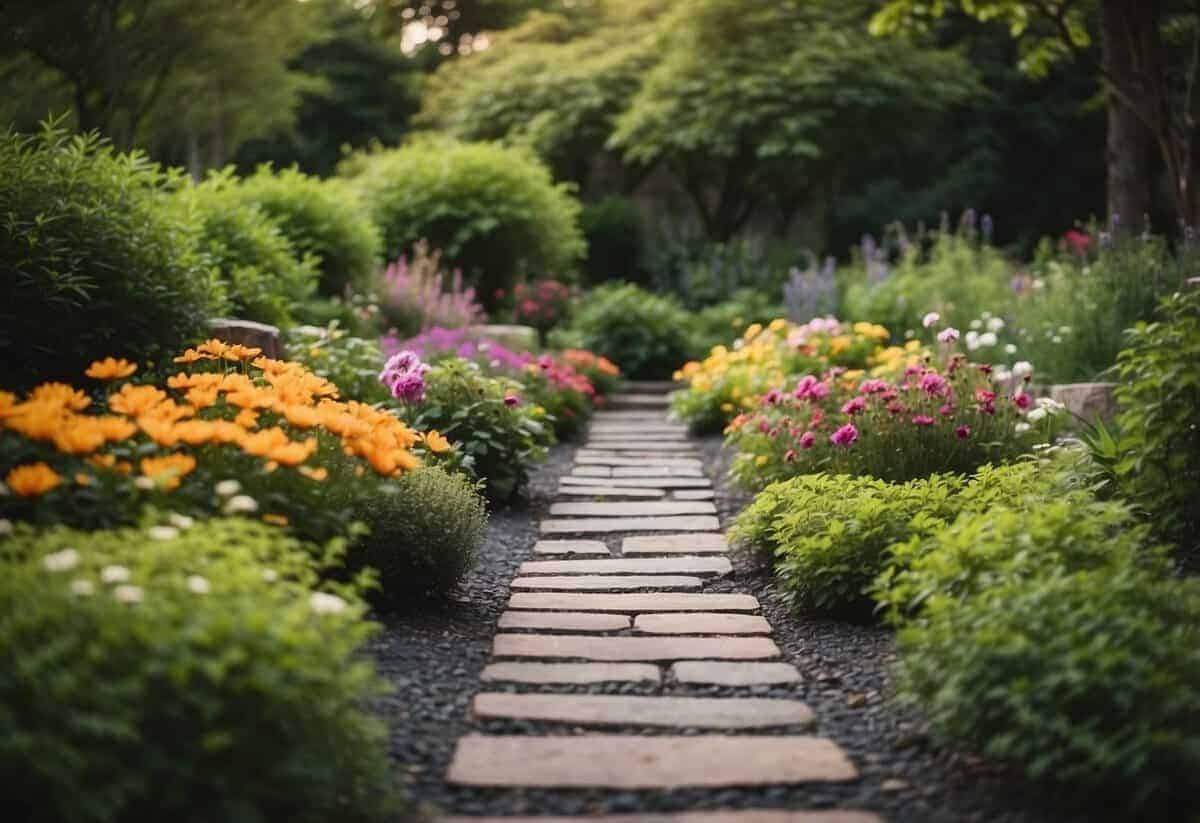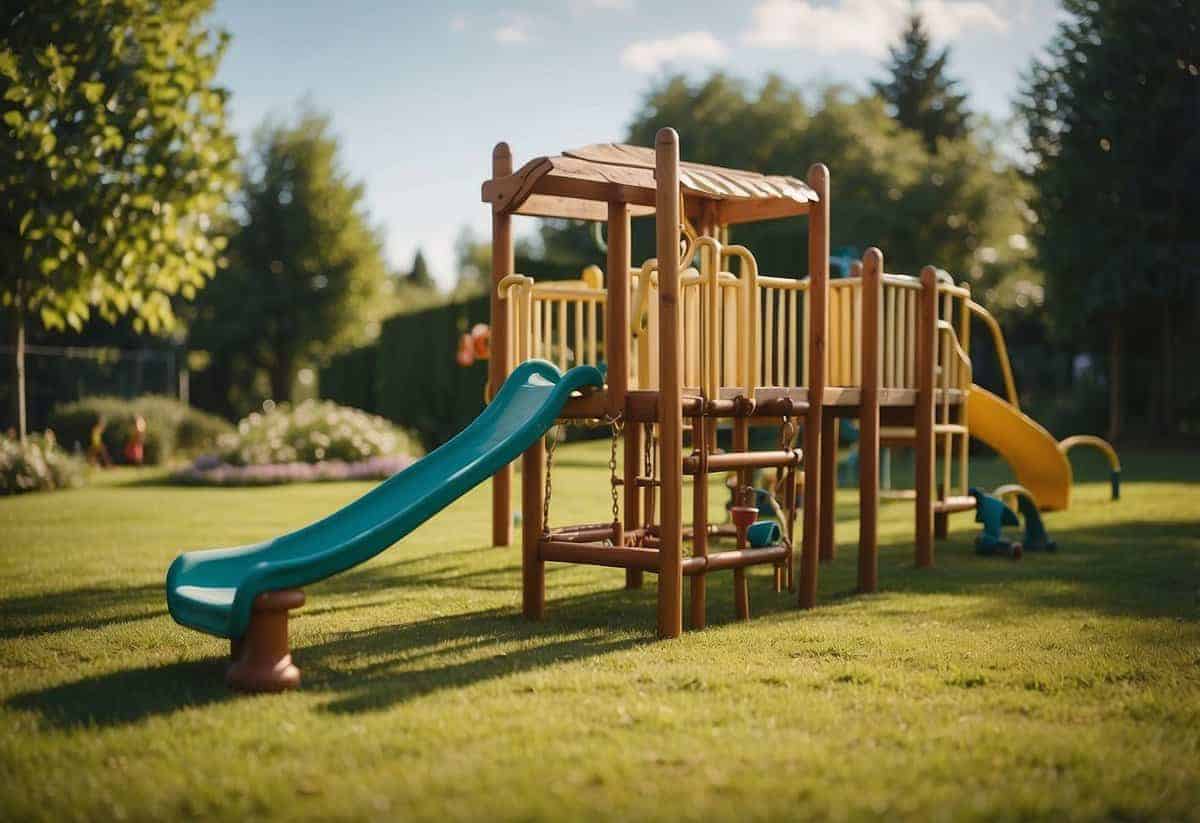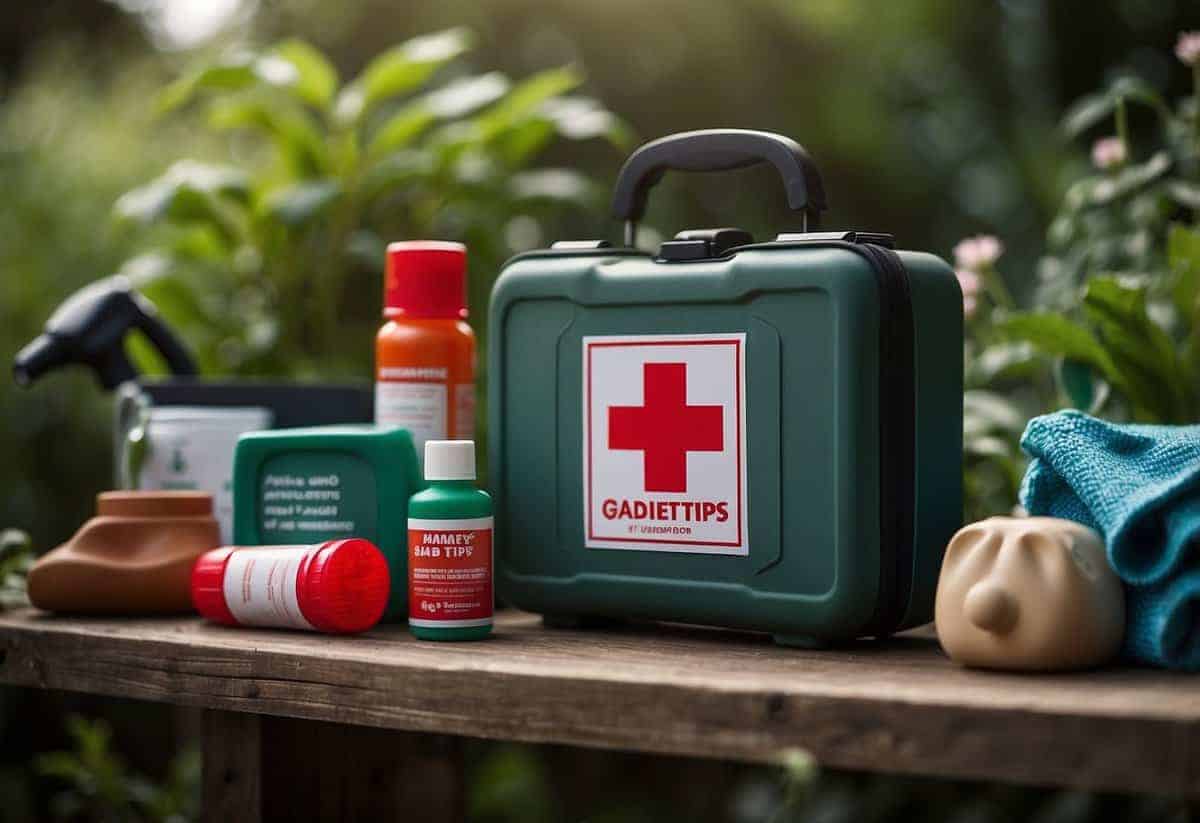Garden Safety Tips: Keep Your Outdoor Space Safe and Fun
Gardening can be a delightful and rewarding hobby, but it’s essential to be aware of the safety measures that can protect you from harm. Whether you’re tending to a vegetable plot or a flower bed, knowing how to stay safe is crucial to fully enjoy your time in the garden.

How can you ensure your gardening activities remain enjoyable without risking injury or discomfort? This article will equip you with practical tips to safeguard your health while you nurture your plants. By following these guidelines, you can cultivate your garden with confidence and peace of mind.
1) Keep Tools Sharp

Having sharp tools is really important for your gardening. Dull tools can make your work harder and less effective. When your tools are sharp, they cut better, which helps plants heal faster and stay healthy.
Make sure to clean your tools before sharpening them. Use a small file or whetstone to keep the original bevel. This helps maintain control and precision. For detailed steps, you can check this guide on how to sharpen garden tools.
Don’t forget to remove rust before sharpening. A wire brush or 80-grit sandpaper can make this easier.
2) Wear Protective Gloves

Wearing protective gloves while gardening is essential to keep your hands safe. Gloves protect you from cuts, scrapes, and blisters caused by handling tools and plants.
They also shield your skin from harmful chemicals found in fertilizers and pesticides. Additionally, gloves can help prevent insect bites and contact with allergens present in certain plants.
Choose gloves made from durable materials like leather to protect against thorns and sharp objects. It’s important to ensure the gloves fit well and are comfortable to wear for extended periods. Always make sure they cover your wrists for extra protection.
3) Properly Store Chemicals

Always keep garden chemicals in their original containers with labels intact. This helps identify them easily.
Store chemicals in a cool, dry place out of reach of children and pets. A locked cabinet works best.
Use measuring tools specific to the garden and keep them separate from food utensils. Securely close containers after use.
For more tips, visit Reliable Plant.
4) Install Stable Stepping Stones

When you install stepping stones, choose flat and sturdy stones. This helps prevent tripping and keeps the path safe.
Space the stones about 18 inches apart. This is the average stride length and makes walking comfortable.
Dig holes for each stone, ensuring they sit level with the ground. Adding a layer of sand under each stone aids in leveling and stability. Secure placement avoids any wobbling when walked upon.
By following these steps, you can create a safe and stable garden path.
5) Fence off hazardous areas

It’s smart to fence off parts of your garden that might be dangerous. Areas like ponds, pools, or steep drops need extra attention.
A sturdy fence can keep children and pets safe. Choose a design without spikes to avoid injuries, as suggested by Bronco Fence.
Make sure the fence is tall enough to prevent climbing. Regularly check it for maintenance. Good fences make for a safer, worry-free garden space.
6) Use Sun Protection

Stay safe in the sun by wearing protective clothing. Long-sleeved shirts, long pants, and wide-brimmed hats help shield your skin from harmful rays.
Don’t forget your sunscreen. Choose a sunscreen with at least SPF 30 and reapply every two hours. Gardening early in the morning or later in the afternoon can help you avoid the sun’s strongest rays.
Hydrate well to stay cool and prevent dehydration. Remember overexposure to the sun can lead to issues like sunburn and heatstroke. Be mindful of the time you spend outside.
7) Ensure Proper Hydration

Drink plenty of water before, during, and after gardening.
It helps you stay cool and prevents heat-related issues.
Consider carrying a water bottle with you and take sips often.
If it’s hot outside, try to garden during cooler parts of the day.
This practice keeps you safe and healthy while enjoying your garden activities.
8) Check for harmful plants

Some plants in your garden might be toxic. Learn to identify these plants to stay safe.
Watch out for common harmful plants like poison ivy, which can cause severe skin reactions.
Keep an eye on your children and pets, as they may unknowingly come into contact with these plants. Stay safe by knowing what’s in your garden!
9) Regularly Inspect Play Equipment

Check playground equipment often to ensure it’s safe to use. Look for any signs of wear and tear like rust, loose bolts, or sharp edges.
Make sure there are no open hooks or protruding bolts that could harm children. Tighten any loose parts you find and repair or replace damaged pieces promptly to avoid injuries.
Clean the area daily to remove trash, broken glass, or other dangerous items. Keep the playground clean and free from debris to provide a safe environment for play. Regular inspections help keep kids safe and parents worry-free.
10) Keep a first aid kit handy

When gardening, it’s important to keep a first aid kit nearby. It helps you handle small injuries quickly. You should include items like adhesive bandages, gauze pads, and a roller bandage.
Also, have some antiseptic wipes to clean minor cuts and scrapes. Tweezers are handy for removing splinters. Keeping a kit ready can save you time and stress. For more ideas on what to include, check out this guide on a gardener’s first aid kit. Happy gardening and stay safe!
Understanding Garden Safety

When gardening, it’s important to focus on safety to avoid injuries and health issues. This includes knowing why garden safety matters and being aware of common hazards you might face.
Importance of Garden Safety
Keeping safe while gardening helps prevent injuries and health problems. Broken bones, muscle strains, and skin problems can happen if you’re not careful while working with tools or lifting heavy objects.
Another crucial aspect is protecting yourself from the sun. Wear a wide-brimmed hat, long sleeves, and wraparound sunglasses to avoid harmful UV rays.
Stay hydrated to avoid heat-related illnesses. Drink plenty of water, especially during hot periods between 10 a.m. and 4 p.m., which have the highest UV exposure.
Common Garden Hazards
Several hazards can be present in your garden. Unsafe use of sharp tools, exposure to chemicals, and pests are common risks. Always use tools correctly to prevent cuts or other injuries.
Be careful with garden chemicals like pesticides and herbicides, using protective gloves and following instructions to avoid skin irritation or poisoning.
Watch out for pests like ticks which can carry diseases. Check your body and clothes for ticks after gardening to catch them early.
Additionally, improper lifting techniques can cause back pain. Bend your knees and keep your back straight when lifting heavy objects to stay pain-free.
Protective Gear and Clothing

When gardening, it’s crucial to wear protective gear to keep yourself safe and comfortable. This includes choosing the right gloves and proper footwear, which can help prevent injuries and make your gardening experience more enjoyable.
Choosing the Right Gloves
Gloves are one of the most important pieces of gardening gear. They protect your hands from cuts, scrapes, and blisters. For thorny plants, choose gloves made of leather or reinforced fabric. These materials are sturdy and can withstand sharp branches and thorns.
For tasks that involve a lot of soil and water, look for rubber or latex-coated gloves. These keep your hands dry and clean. Breathable materials like cotton or spandex are great for hot days to keep your hands cool and comfortable.
When shopping for gloves, make sure they fit well. They shouldn’t be too tight or too loose. Ill-fitting gloves can cause discomfort and make it difficult to grip tools properly. A snug fit ensures you have better control and dexterity.
Proper Footwear for Gardening
Proper footwear is essential for both safety and comfort while gardening. Choose shoes with closed toes to protect your feet from sharp objects, falling tools, and heavy pots. Steel-toed boots are especially good if you’re handling heavy materials.
Waterproof shoes or boots are ideal for wet conditions or muddy areas. They keep your feet dry and prevent slipping. Look for footwear with good tread for better traction on various surfaces.
Durability is key when selecting gardening shoes. Look for sturdy materials that can withstand wear and tear. Additionally, comfort is important. Shoes with good arch support and cushioning will keep your feet feeling good even after a long day in the garden.
By selecting the right gloves and footwear, you can enjoy gardening safely and comfortably.
Safe Garden Equipment Use

Using garden equipment safely is essential to prevent injuries and maintain a productive gardening experience. Focus on proper handling techniques and regular maintenance to ensure your tools perform well and last longer.
Handling Tools Safely
Always use garden tools for their intended purpose. For instance, never use a spade to hammer nails. Wear sturdy gloves to protect your hands from blisters and cuts.
When using sharp tools like shears or pruners, direct the blade away from your body. Keep a firm grip, and don’t rush through your tasks. If you’re working with large or powered equipment, ensure you are familiar with the instructions and safety features.
Pay attention to your body posture. Lift with your legs, not your back, to avoid strain. When using long-handled tools, stand with your feet shoulder-width apart for better balance. If a tool gets stuck, never force it; try to gently loosen it instead.
Maintaining Your Equipment
Clean your tools after each use to prevent rust and extend their lifespan. Dirt and moisture can cause metal parts to deteriorate. A simple rinse with water and a dry cloth can help keep them in good condition.
Sharpen blades regularly to ensure they cut efficiently. Dull tools require more force and can be more dangerous. Use a sharpening stone or a professional service if necessary.
Check for loose or damaged parts. Tighten any screws and replace worn-out handles or blades. Store your tools in a dry, sheltered area to protect them from weather-related damage.
By keeping your tools in top shape, you ensure both your safety and the longevity of your equipment.







